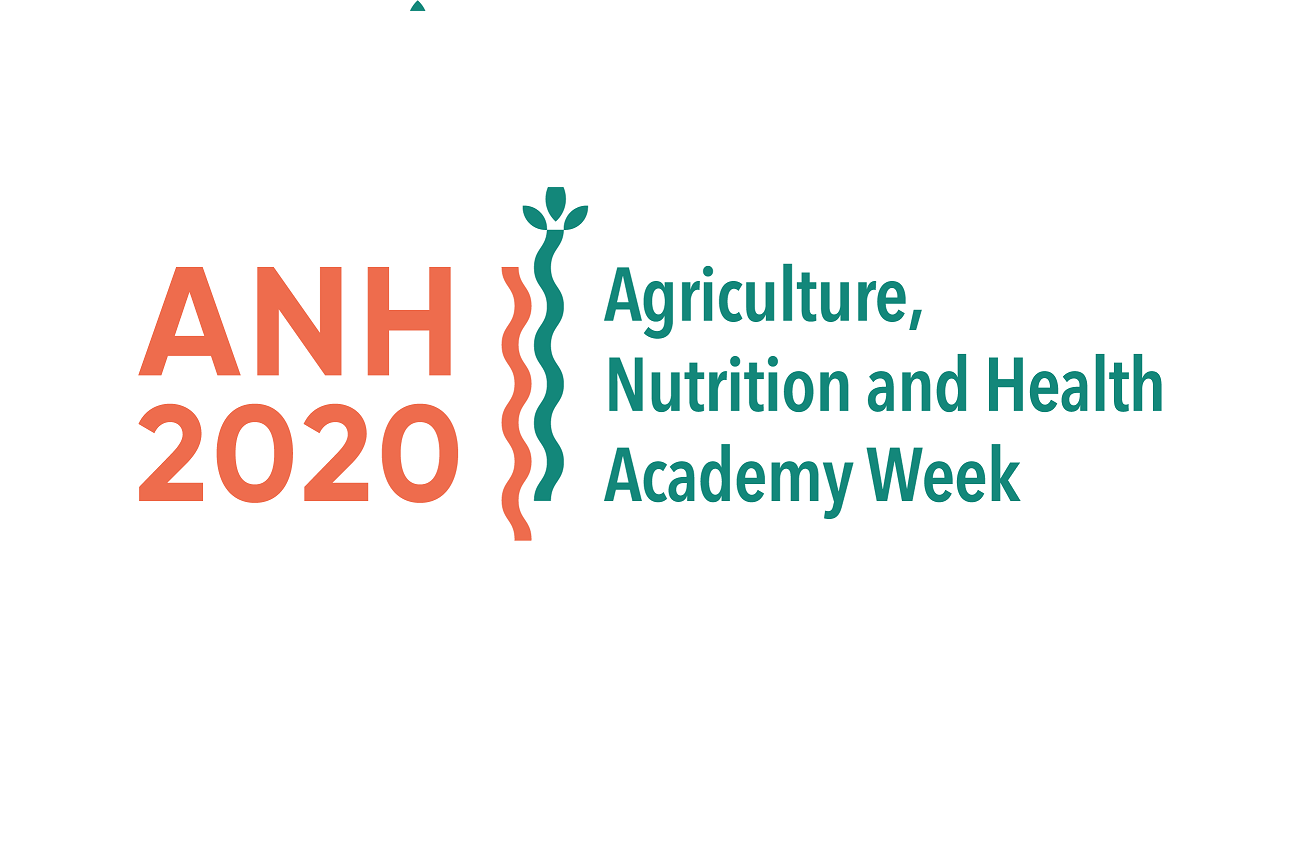
Recording:
Facilitator(s):
-
Inge Brouwer, Wageningen University & Research
-
Anna Herforth, Ag2Nut
-
Shauna Downs, School of Public Health, Rutgers University
-
Selena Ahmed, Montana State University
-
Gina Kennedy, Advancing Nutrition USAID/GAIN
-
Elise Talsma, Wageningen University & Research
-
Celine Termote, The Alliance CIAT-Bioversity International
Description and Learning Objectives
The food environment represents the range of foods that can be accessed in the context where people live and includes both natural and build environments. Food choices result from an interaction of the food environment and individual-level factors such as familiarity with foods, taste preferences, convenience (time scarcity, food prices), perceived food safety and health-related motives. Food environments are considered healthy when they “enable consumers to make nutritious food choices with the potential to improve diets and reduce the burden of malnutrition.” Shaping food environments to enable healthy food choices, can impact positively on diet quality and nutrition. This session will provide an overview of innovative tools to assess a food environment and allow participants to experiment with some of the tools within a case study.
Preparatory materials to be reviewed in advance of live session
-
Pre-session exercise: Participants are asked to choose a photograph of a food environment, and send them beforehand (before Monday 22nd of June 2020 12 o’clock noon) to [email protected]. Photos could be of participants own food environment, or somewhere they have worked. Please submit your photograph indicating the location (country and city), the food environment type (wild, cultivated, market) as well as one or more elements (availability, affordability, convenience, promotion, quality, sustainability properties) that are highlighted in the food environment photo they choose. The presenters will make a summary presentation of all submissions.






